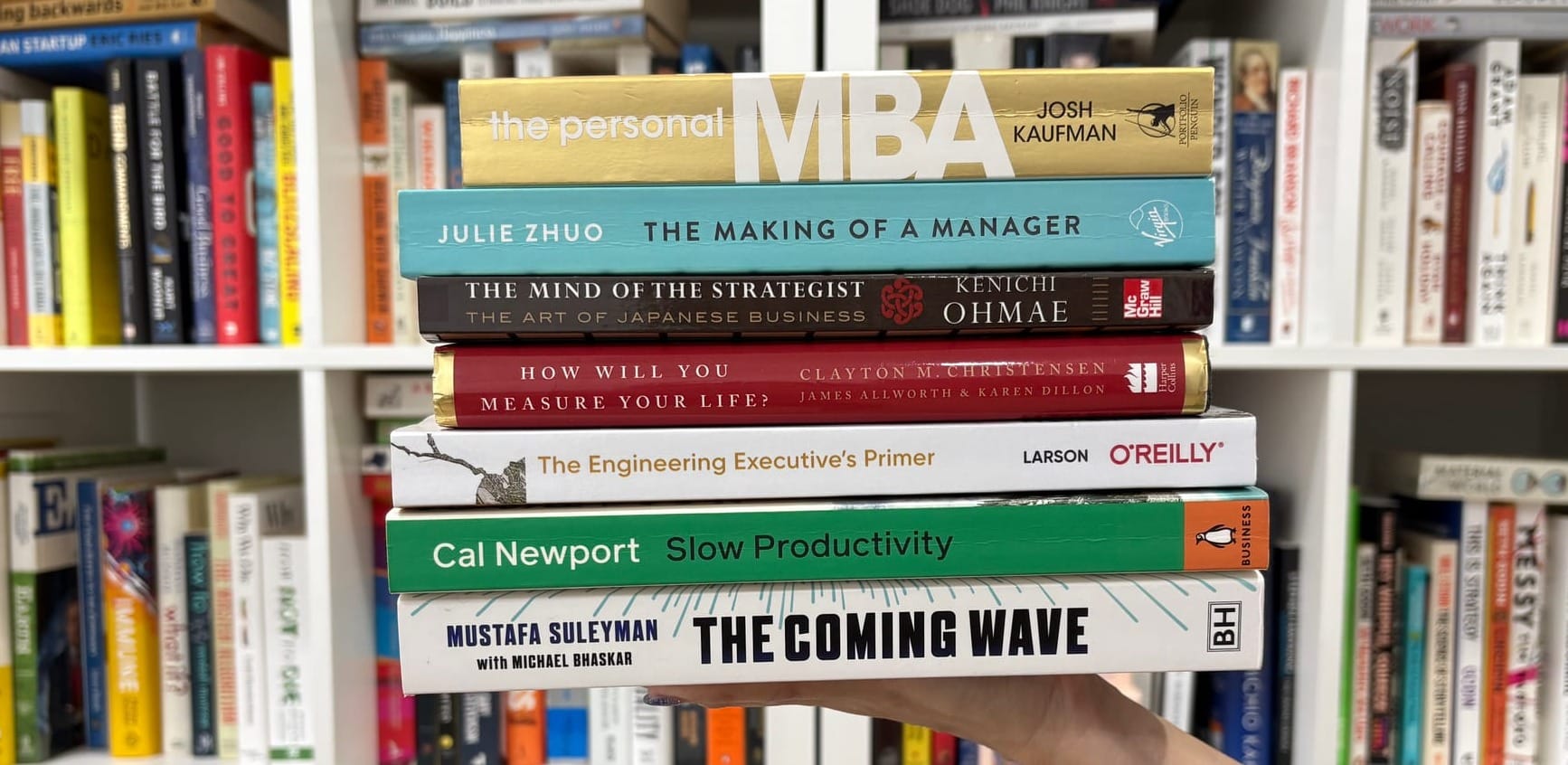
What I’ve Built and Learned in 12 Years at Mindvalley
Twelve years ago, my co-founder John and I joined Mindvalley after years of building products for other startups through our software consultancy, Flexnode. We were builders at heart but we wanted to go deeper. We didn’t just want to launch things, we wanted to grow them. We wanted to experience the full arc of what it meant to take something from idea to impact.
What began as a two-person team in a small office in Kota Kinabalu became a journey of scaling products, people, platforms but also scaling up in a more personal sense. Mindvalley is a personal growth company, and in many ways, my 12 years there were as much about growth as they were about building. I went from writing code to leading teams, from managing systems to managing myself.
Here are some of the things I built and how they built me back.
Building Products
The first product we worked on was the web version of Omvana, a meditation app. Not long after, we shifted our focus to Quests, which would go on to power the core learning experience on Mindvalley.

What quickly became clear was this, a product’s success depends on much more than clean code or great design. It has to work across the entire company. Content teams needed intuitive tools to manage and structure learning materials. The marketing team needed ways to track, test, and iterate on messaging and funnels. Customer support needed the ability to assist users quickly when things broke.
Building a product meant building with others. It required deep cross-functional collaboration and a shared understanding that everyone played a role in the user experience.
And the work didn’t stop at launch, in many ways, that was just the beginning. What followed were countless cycles of iteration, improvement, and learning. That experience shaped how I think about product development to this day, not as a one-time act of creation, but as an ongoing commitment to service and evolution.
Building a Team
As our workload grew, we decided to expand the team in Kota Kinabalu. We reached out to people we’d worked with before and gradually assembled a small but capable group to join us.

This was my first real experience as a manager. And like many first-time leaders, I had to make a shift from getting things done myself to achieving results through others. It wasn’t easy. The urge to jump in and solve problems directly was strong. But I knew my real job was to create the conditions for the team to succeed without needing me in the loop for everything.
Over time, we developed a few principles to guide how we worked together:
- We are here to serve
- We communicate often and intentionally
- We constantly adapt and learn new things
- We bring out the best in each other.
To reinforce these values, I occasionally wrote internal emails to the team. Some of them ended up becoming shared reference points for how we work and grow together. A few of those titles still make me smile:
Building a team, I realized, isn’t about assembling talent. It’s about building a shared culture, a common language, and a foundation of trust. And it’s one of the most rewarding things I’ve ever done.
Building an Office
With a bigger team, moving into a larger space became a natural next step. We looked to the Mindvalley headquarters in Kuala Lumpur as inspiration—an award-winning workplace that hosted events, sparked collaboration, and reflected the company’s energy. We wanted to bring a slice of that to Kota Kinabalu.

Our version had to be built for a team of engineers. That meant desks with dual monitors, chairs with proper lumbar support, and writing surfaces everywhere. We also included a projector and a large open area, not just for team gatherings, but to host events and community meetups.
Over the years, the office became more than a place to work, it became a hub. We hosted events like WebCamp KK for years, welcoming local developers, students, and tech enthusiasts. Every now and then, colleagues from other parts of Mindvalley would drop by while visiting the region. The space helped us stay connected not just with each other, but with the broader ecosystem.
We also kept things simple. With a small team and minimal admin overhead, we treated the office like a second home. Everyone pitched in to take care of it. Ten years later, I’m proud to say it still looks and feels just as good as the day we moved in.
Building a Division
Eventually, I was given the opportunity to step into the role of CTO and it turned out to be one of the biggest challenges of my career. Not just technically, but personally.
Scaling products and platforms is hard. Scaling people is harder. But scaling yourself, your mindset, your leadership style, your emotional bandwidth. That’s a whole other level. When the stakes are high, it’s hard not to second-guess yourself. Imposter syndrome has a way of showing up, especially when everyone’s looking to you for answers you may not yet have.

As an engineer, I used to think in terms of designing systems to meet clear requirements. But leadership doesn’t work like that. When the “systems” you’re building (hiring frameworks, performance reviews, or team structures) directly affect people’s careers and well-being, the job starts to feel a lot heavier. That’s when I began to understand the real weight of leadership. And the importance of empathy.
This chapter wasn’t smooth sailing. There were moments I thought I finally had things under control only for everything to shift again. Priorities changed. People moved on. New challenges emerged. I learned to stop expecting stability and started focusing on adaptability. Progress wasn’t about perfection. It was about continually pushing to make things a little better than they were yesterday.
Looking back, the most valuable lessons weren’t in strategy or systems. They were in staying grounded, listening better, and learning to lead in uncertainty.
Building Myself
One of the most important steps in my growth at Mindvalley was choosing to step down from the CTO role. As someone in that position for the first time, I knew I had a lot more to gain by having someone more experienced step in, someone I could learn from.

That transition gave me the space to strengthen my foundations in other areas of the company, like strategy, finance, and data. I started to connect the dots across teams and understand how value gets created beyond just tech. It gave me a much deeper appreciation for how the business truly works.
It also helped me reconnect with curiosity. I could explore questions I never had time for before, and learn without the pressure of needing to have all the answers. Over time, I developed a greater respect for the work being done across different divisions.
In hindsight, everything I helped build at Mindvalley (products, teams, an office, a division) was also building me. Not just as a technologist, but as a leader, a teammate, and a human being.
Twelve years at Mindvalley taught me that building and growing are deeply connected. When you build with purpose, you grow. And when you grow, you don’t just build better products, you build stronger relationships, a more thoughtful culture, and meaningful impact.
To everyone I worked with along the way: thank you. You challenged me, inspired me, and helped shape a better version of who I am today.
Let this be a reminder to myself:
Never stop building.




Comments